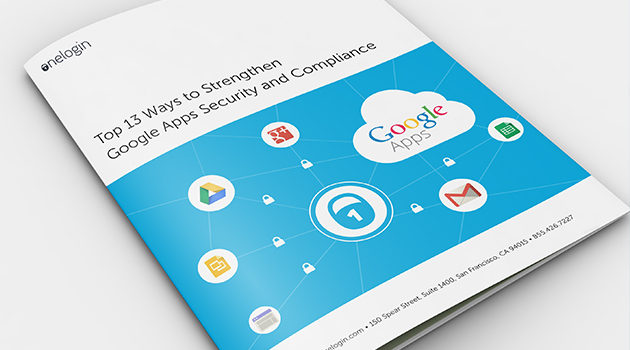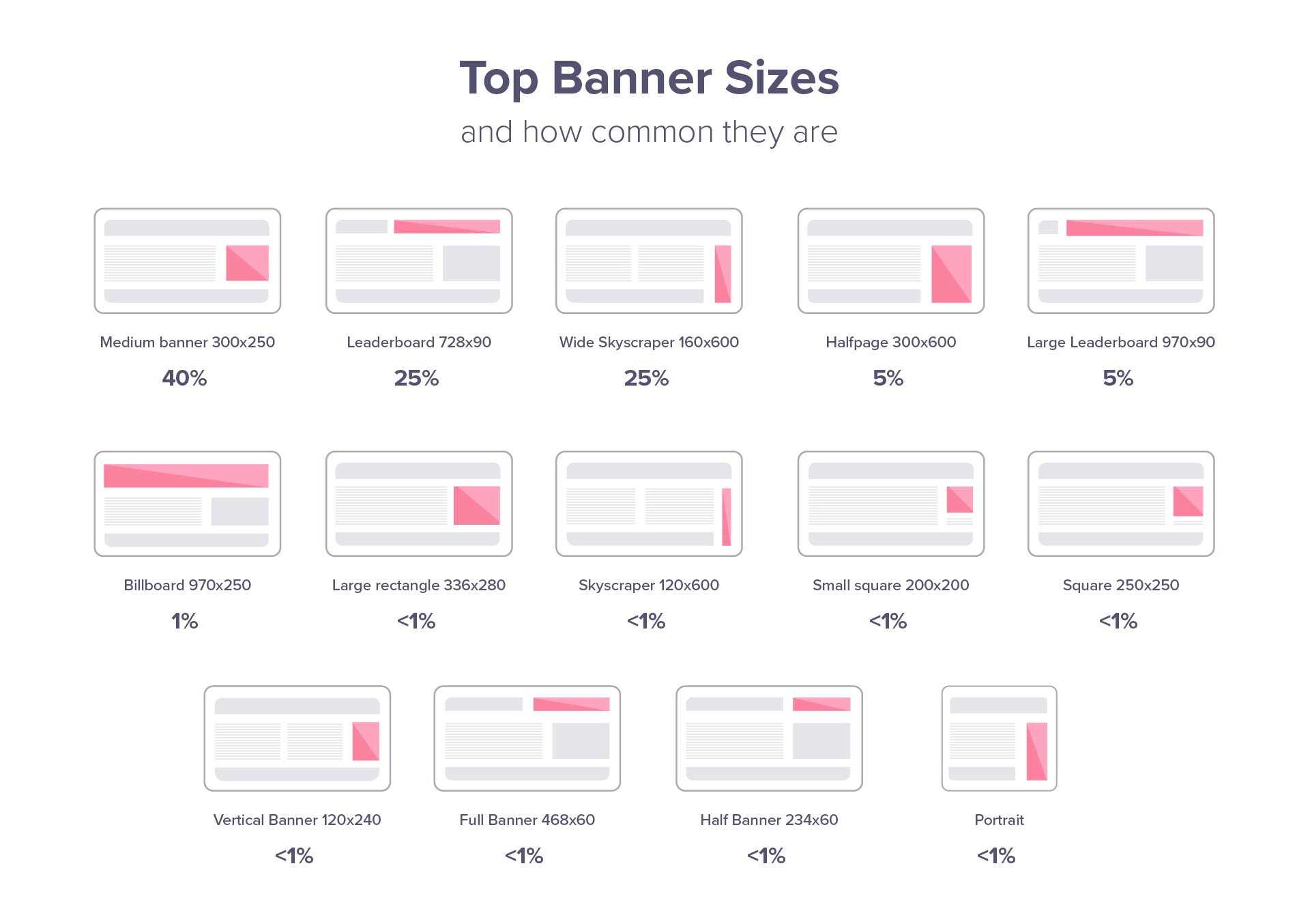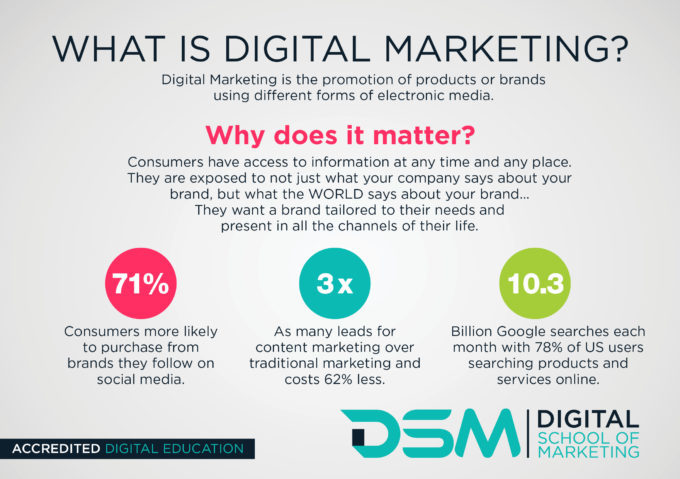
Understanding how to reach your target audience and maximize your budget is crucial in the context of paid social media marketing. This article will examine the cost and target of paid social marketing advertising. Once you understand the costs and options, you can launch a paid campaign on social media. First, you need to set your goals and budget. Paid social media advertising isn't always the best way to reach your target audience.
Cost of paid social media advertising
The cost of paid social media advertising can vary wildly. For some platforms, you can only spend $10 per day for effective advertising. Others charge hundreds of dollars. In both cases, it is worthwhile to determine your budget and target audience before you begin advertising. Below are some benchmarks to help determine how much you should spend. Take a look at the industry and target audience to get a better idea. Then, adjust the budget as necessary to meet your goals.
The cost of paid social advertising can vary depending on your business goals and objectives. The auction system charges you per action your ad causes. The highest ranking ad will appear first, then the second-ranked, and so forth. If the top ranking ad is not clicked by potential customers, the third-placed ad will appear first.
Optional targeting options for social media ads
Targeting options for paid social media advertising should be focused on two key areas. The first is to consider the age, gender, and interests of your target audience. Next, decide if your ads will appear on their news feed. Regardless of your targeted audience, it is important to consider what will persuade them to buy your product or visit your business.

Once you understand the demographics of your audience you can create a strategy to find the best platform for promoting your products and services. Facebook advertising can drive more traffic to a website, increase video views, install apps, get leads, and bring foot traffic to your physical address. Facebook advertising is highly effective for a variety demographics with more than 2.45 million monthly active users. It also allows you to target certain audiences and use various types of ads.
Platforms that allow for paid social-media advertising
Social media platforms can be used to pay for advertising campaigns. They are highly customizable and offer campaigns that can be customized on a cost-per click or impression basis. The cost of a campaign depends on how aggressive you want to target high-value customers. Facebook and Instagram are different from their competitors in terms of advertising costs. Nevertheless, Instagram is growing in popularity and is a great place for brands to advertise. Its growing user base and relevant content make it a popular choice for paid advertising.
Pinterest has a highly visual audience composed of 71% women. Pinterest users intentionally use the platform to discover products and make purchase. Paid social media ads are integrated into the content of users' boards. Over 85% of Weekly Pinners have made purchases based upon a brand's Pin. The search engine on this platform is very specific. Pinterest advertising can be paid on social media to help brands grow their following.
Goal and budget for a paid campaign on social media
First, set your objectives before you start a paid campaign on social media. This will allow you to determine the results you want, such as brand awareness and followers. Once you have established your purpose, it is time to allocate the budget for your campaign. If you want to reach more people, you can spend more money in paid advertising. For example, if your goal is to increase sales, then you can spend more advertising on Facebook and Twitter.

A cost per engagement is the best way to establish a budget when planning a paid social media campaign. While the cost per engagement may vary from $1 to $20 to average between $4 and $7 per engagement, it is usually around $5 to $7. This amount does not include the post-production costs associated with video, audio, and graphic design. As paid content is to be included in the advertising budget, this budget must be included in the overall budget.
FAQ
What should I do to get started with content marketing?
Your audience is the first step. Who are they? Which are their needs How can they be helped? You can identify who you are writing to and where you should focus your efforts.
How much should content marketing cost?
It depends on how many leads your company wants to generate. Depending upon the industry, the average cost for a lead can range from $5 to $10. We spent $20 per lead when we started our business. We now spend approximately $6-7 per Lead.
How long should I expect my content marketing campaign to last?
It varies based on the type of service or product offered.
You might spend a month designing a new style of shoe if you're selling shoes. You might launch the new product in August, and then keep it updated throughout the year.
If you are selling clothing, one look might be for spring and one for fall. Your goal is continually offer something fresh so your audience never gets bored.
Your goals will determine how long your content marketing program can last. Small-scale businesses may only require one channel. Larger companies may need to use multiple channels to reach their target audience.
Is content marketing easy to measure?
Yes! You can measure the results. This helps you to determine if your efforts were successful or if you need to make adjustments.
It is possible to track the number of visitors from different sources, including organic search, email and social media. You can also track conversions such as sales leads or purchases.
These metrics will show you which pieces performed well and highlight your most important opportunities.
Statistics
- An example of an overarching goal could be: "In 2022, we want to achieve a 20% increase in revenue created by organic content and generate 15,000 MQLs with a budget of $30,000." (semrush.com)
- Seventy-two percent business to business (B2B) (mailchimp.com)
- Forty-seven percent of buyers view 3 to 5 pieces of content before engaging with a sales representative. (mailchimp.com)
- Measure your goals with a progress indicator of 0-100%. Make your goals collaborative and transparent (semrush.com)
- Content marketing produces 3X more leads per dollar spent. Content marketing costs 62% less than traditional marketing. (criteo.com)
- According to our research, 65% of companies with very successful content marketing in 2021 ran content audits at least twice a year. (semrush.com)
- According to our research, brand awareness, attracting traffic, and generating leads remain the key content marketing goals in 2022. (semrush.com)
- According to the Content Marketing Institute, 70% of B2B marketers and 86% of B2C marketers surveyed use content marketing in some form or other. (criteo.com)
External Links
How To
How do you build a content strategy?
First, you need to understand what type of content you are going to create for clients. Once you have this information, you can start creating content. This may require you to create an editorial calendar, and plan where your content will come from. Every piece of content should have a purpose. No matter whether content is blog posts, social-media updates, or other, it should all serve a single purpose.
Once you have determined the content you want and who you are targeting, you need to know who they are. Which market are they most interested in and why?
Next, you need to identify your target market. Then, find ways to communicate with them. Social media platforms are an excellent way to connect with people, but other options exist, such as videos, podcasts, webinars, etc.
After deciding how you will communicate with your market, the next step is figuring out what topics and types of content you want to cover. Again, this goes back to determine why you're writing the content. What problem does this solve? How helpful is it? Do they think it will make their life easier?
Now that you know the content type you write, it is time to decide what to say. Do you want to share information about your industry? On current events? Are you focused on specific products and services Your focus will be determined by the answer to this question.
Finally, after you've answered the questions, it is now time to combine everything in one package.
It is important to make sure that each piece of content you create serves its intended purpose. You don't want to waste anyone's time and energy, so you must build quality into every aspect of your content.
Don't forget that a great content marketing strategy has many moving parts.